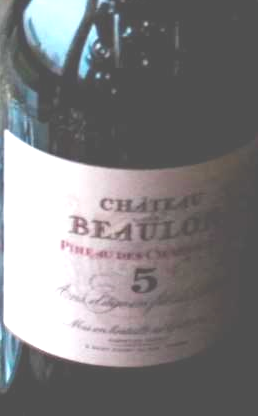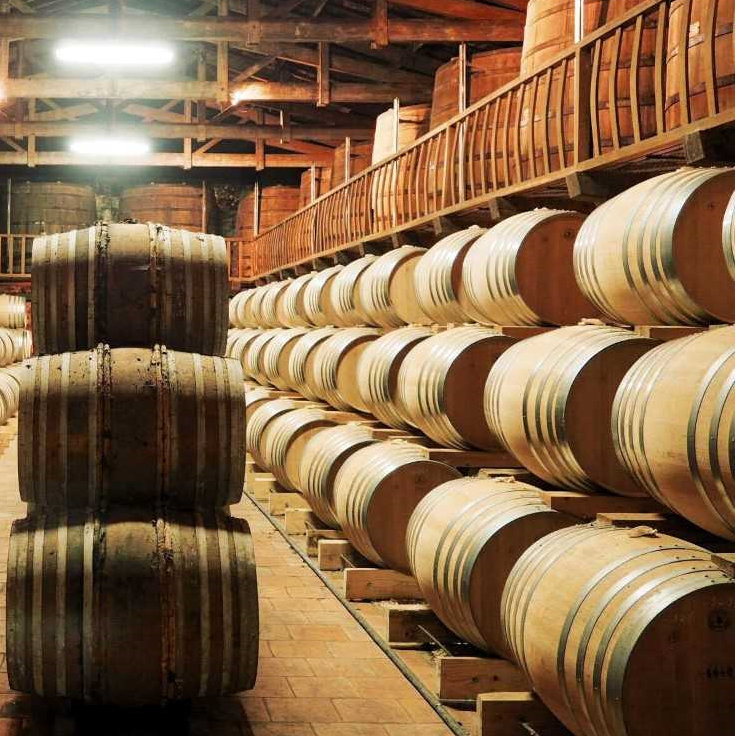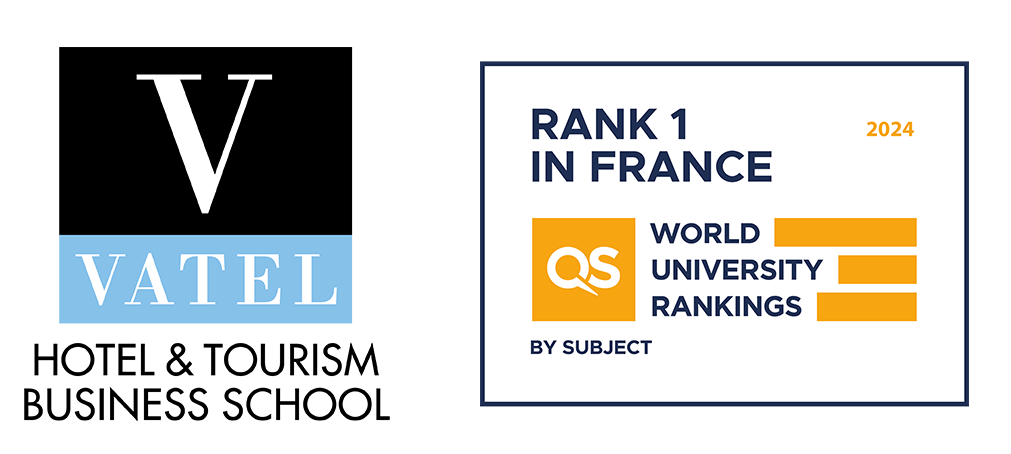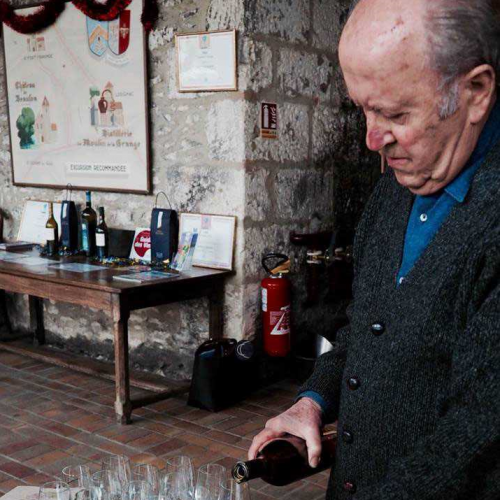Charentes region is full of undreamed discoveries. A variety of products are created in this one. We explore their home and meet their passionate makers. Cognac, Pineau, Wine and Cremant are suddenly less mysterious.
Chateau de Beaulon : The Chateau Pietrus of Cognac and Pineau
Our classroom (First year of a master degree in English) has a great experience : visit two homes produces from Charentes.
After an hour of bus, we arrive at our first destination: Chateau de Beaulon. Its owner, Christian Thomas, welcomes us with enthusiasm: he is happy to see that our generation cares about his creations. He runs a 100-hectar property dedicated to Cognac and Pineau. For him, tradition is essential. He is proud to say that the making of Cognac is listed with UNESCO Heritage. It is a 24-hour, 7-days-a-week job: exhausting.

Seven years in barrels for Cognac
After a classical wine-making, the distillation process begins. They separate, in the alembics (small copper pot), the “good” and “bad” alcohols by evaporation. The “Head”, principally made of ether, is the first one to go. After, the “Heart” arrives, this is the best product. “Second”, a less qualitative merchandise follows. Finally, the “Tail” is recuperated. All these different alcohols are transparent. French oak, from the Forest of Tronçais, is the ingredient that will give the yellow amber color to the creation. After minimum seven years (for this property) in barrels, they obtain their basic Cognac. Some of it spends decades trapped in oak before being commercialized.
This product is, according to Mr. Thomas, the most beautiful spirit of the world! From 44 barrels of alcohol, 43 of them evaporate due to its time in barrels. They are called the Angel’s s
Now, Imagine a Cognac-maker in the XVI century. He puts some must (freshly pressed grape juice) in a barrel and forgets about it. After a long time, he opens the barrel, tries the product and realizes that it is delicious. He calls his neighbors and together they try to find the recipe. The secret is mixing some Cognac with must, or even better fermented grape juice. After minimum 5 years in barrels, the fortified wine is commercialized.
Why is this property so special? They use different grape varieties which gives a peculiar flavor to all their products. They are the Chateau Petrus of Cognac and Pineau!

Domaine de Cassard : their cremant in the best five sparkling products worldwide
Our second destination, the Domaine de Cassard was created in 1953 by the owner’s father. After 3 years, 1956, he obtains his first harvest. Up to 1990, they sell everything to the local cooperative for the creation of Pineau and Cognac. In 2000, they start to do the bottling process in the domain. The owner’s brother, oenologist and future manager dies in a car accident. In 2010, after a 2-year formation in the Medoc region for red wine, in the Moet estate for Cremant and in the Loire Valley for white wine, Éric Billières has no choice but to take charge of the estate.
Cremant and white wine only
The property is now of 38 hectares and they focus on Cremant and wine only. In an ever-evolving market, he tries to associate quantity (necessary for his survival) and quality. They have a reasoned farming approach and aspire to be an organic estate; one step at the time, for example, they plough the land instead of using pesticides.
Two ways to harvest
They harvest with machine for the wine and by hand for the Cremant. Some of their merchandises stays in barrels for 6 to 9 months. Sometimes they use American oak but for their great cuvee their only use French. Whatever they are doing works.
Our entire group felt the passion put into all the creations we tasted: from the Cremant Rose to the white wine “Prestige” 2015.
Their Cremant participates to competitions and is amongst the five best sparkling products of the world.
Louisiane JOLY GRANGER DE BOISSEL
Student and classroom représentative of MBA First Year (English Courses), B

